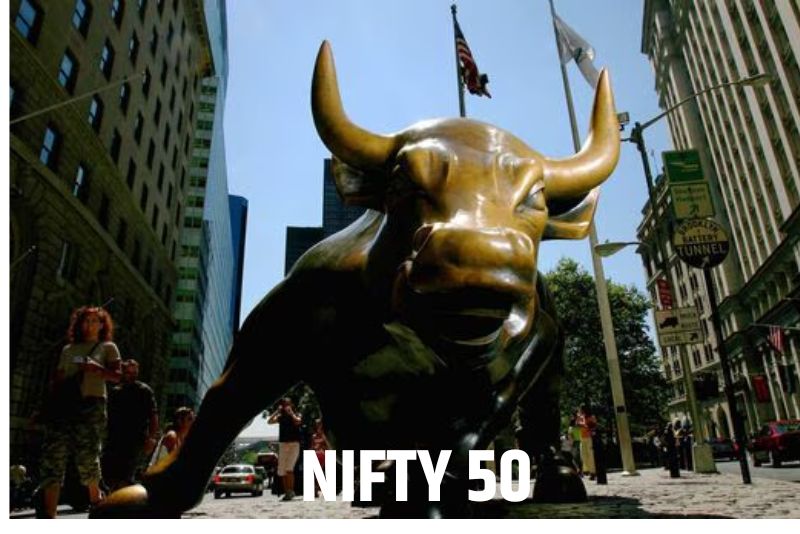Nifty 50: As a fast-growing country with increased investment opportunities, this article argues against the most prominent measure of India’s stock market success, the Nifty 50.
India’s rise as an economic superpower is altering not only its local markets, but also its global standing. India is expected to become the third-largest economy by 2027, up from tenth in 2014. As a fast-growing country with increased investment opportunities, this article argues against the most prominent measure of India’s stock market success, the Nifty 50.
Nifty 50: What will India look like by 2050?
India is on track to become the world’s third-largest economy, with a nominal GDP of $25 trillion by 2050. This rise is consistent with the United States’ economic expansion during the last four decades. Over the last five years, the average size of a larger-cap firm in India has expanded by two times, compared to 3.5 times for mid- and small-cap enterprises. By 2050, this is predicted to increase by 25 times.
This will result in an average small-cap firm valued more than two lakh crore. With the majority of incremental growth occurring in smaller companies, include them in your portfolio becomes critical.What is the future outlook for the Nifty 50?
Nifty 50: Small market exposure

The Nifty 50 index, once an indicator of India’s economic health, currently accounts for only 51% of the country’s listed stock market. When the Nifty 50 was founded in the early 1990s, India had only a few significant enterprises. In fact, the Nifty 50 used to account for about 60% of the market 10 years ago. Its importance has declined and will continue to fall to less than 50%.
The Nifty 50’s narrow coverage of the Indian market, compared to the Nifty 500’s comprehensive coverage of more than 90%, implies that it is losing importance in representing the larger market. It also lacks sector diversification, which is essential for comprehending India’s economic growth and developing industries. The Nifty 500 provides a more balanced and diverse exposure.
Nifty 50: Betting on only the top 10 stocks.
The concentration risk in the Nifty 50 is clear, with the top ten stocks accounting for 58.4% of the total. This compares starkly with the Nifty 500, where the top ten equities account for 37.45%, indicating a more balanced strategy.This reliance on a few firms exposes the Nifty 50 to specific sectoral shocks while disregarding the broader market dynamics captured by more diverse Indices.
Nifty 50: Performance and risk of broader-based indices
The Nifty 500 has regularly outpaced the Nifty 60, increasing 30 times since 1999, demonstrating the advantages of diversification. Despite exposure to riskier areas such as mid and small-cap stocks, broader indices provide higher returns and lower risk.
In summary
As India progresses towards its aspirational 2050 objectives, the shortcomings of the Nifty 50 as the only market barometer become more obvious. Larger indices are more suited to capture India’s changing economic story because of their wider coverage, sectoral diversity, balanced stock distribution, and higher performance criteria. Examples of such indices are the Nifty 500. The move to such comprehensive indices is necessary to reflect India’s growth trajectory and investment possibilities for investors, policymakers, and market experts.
